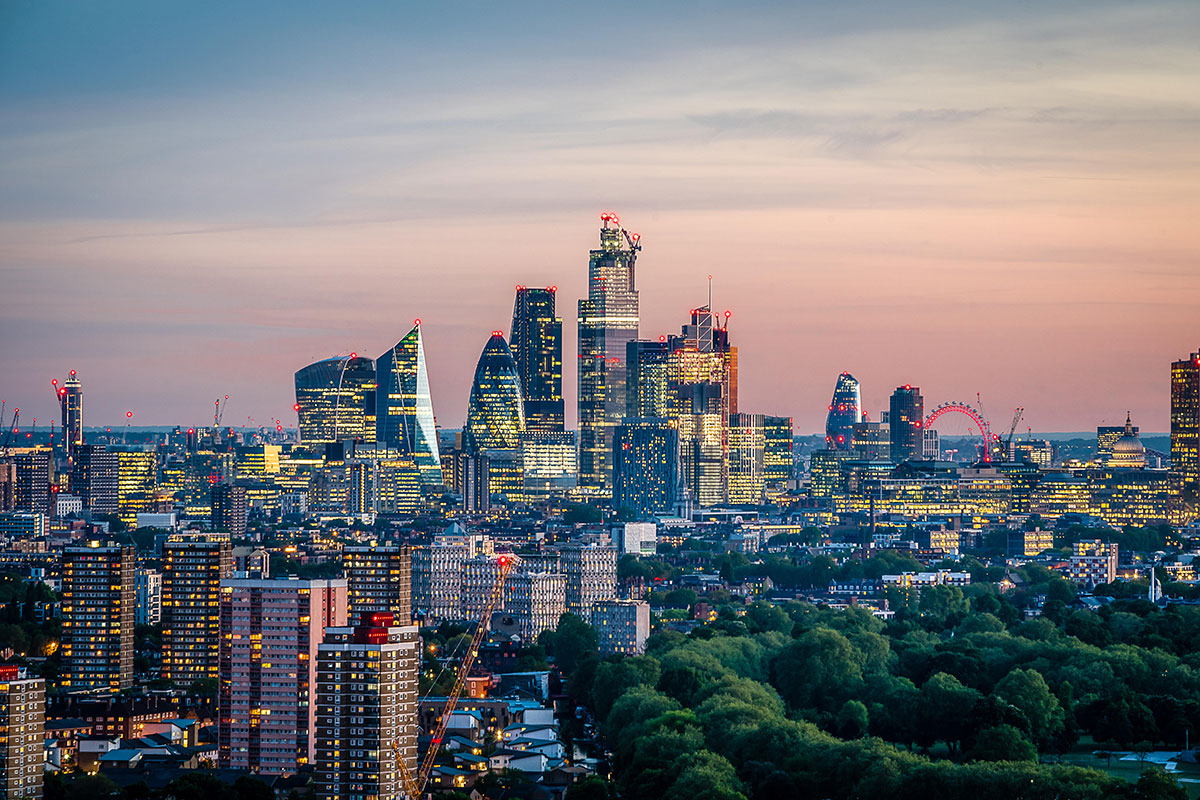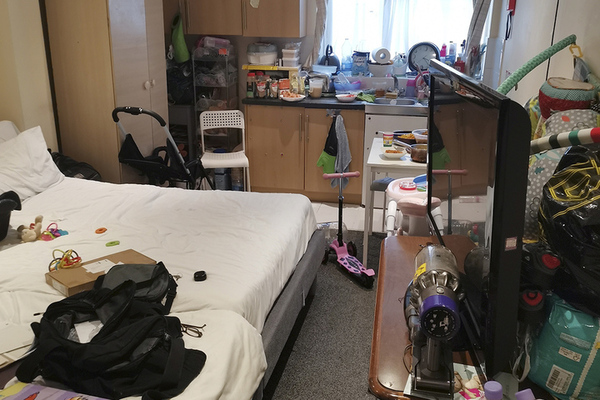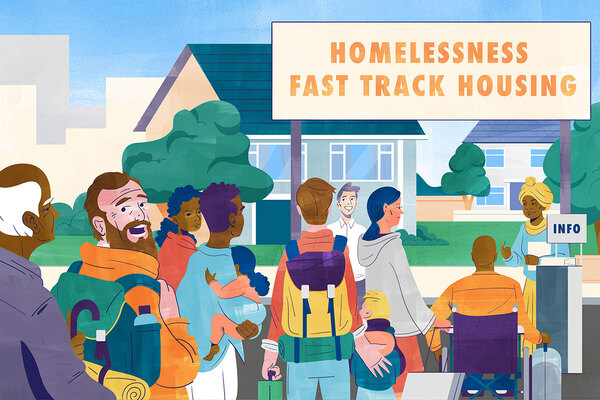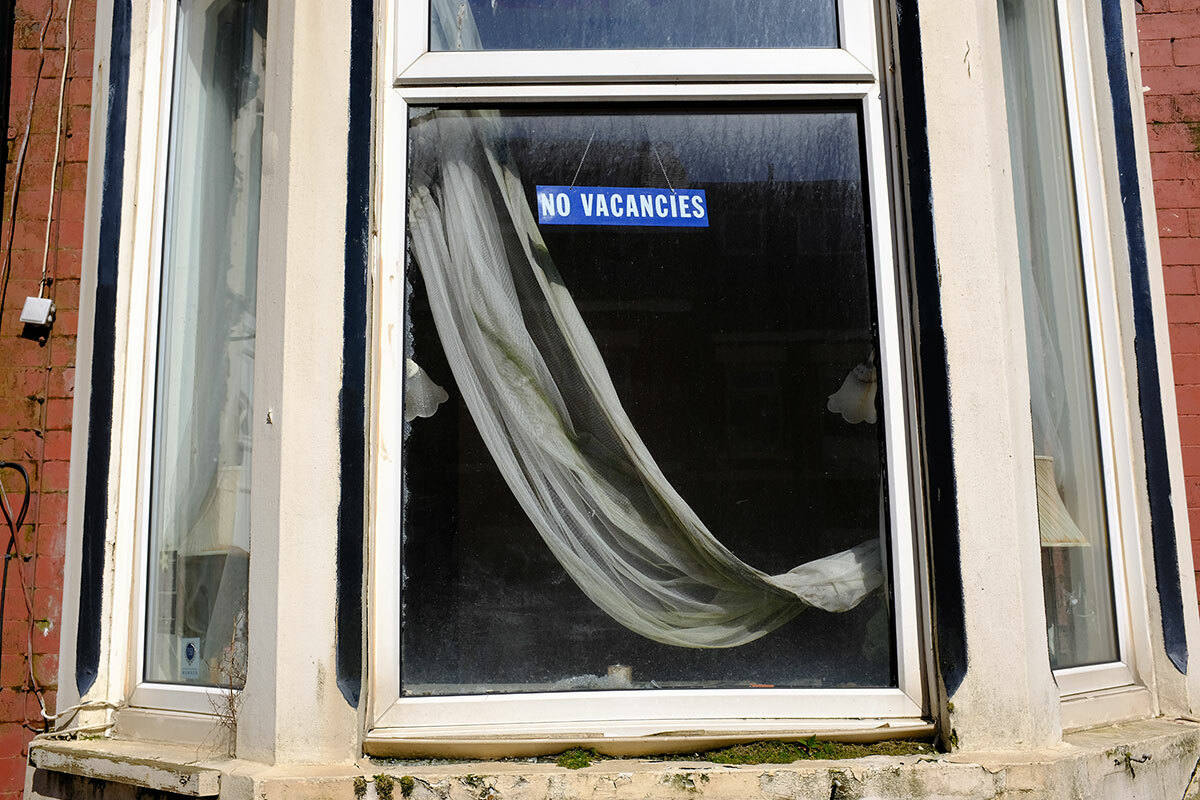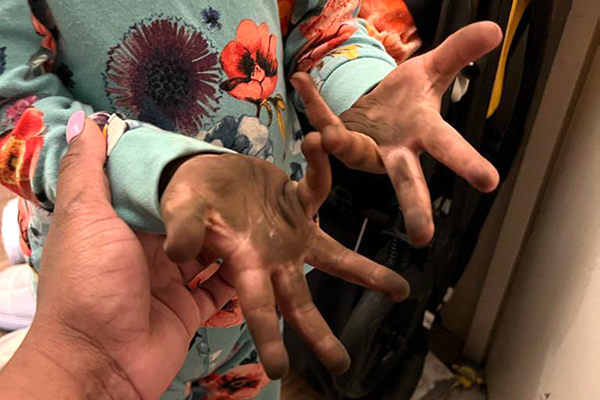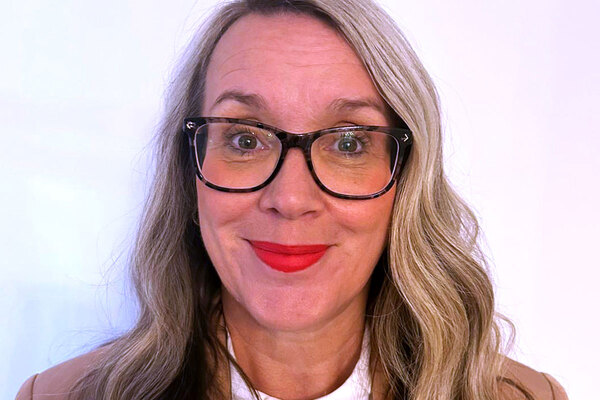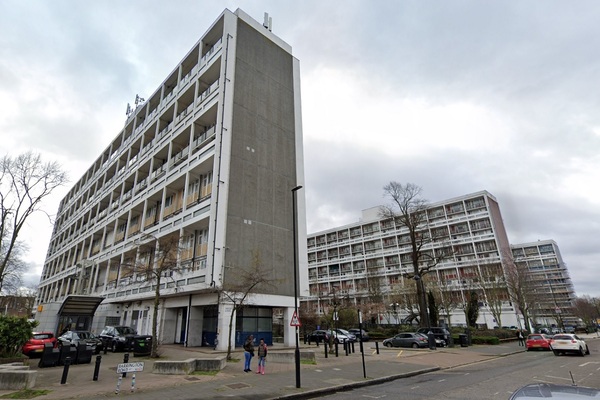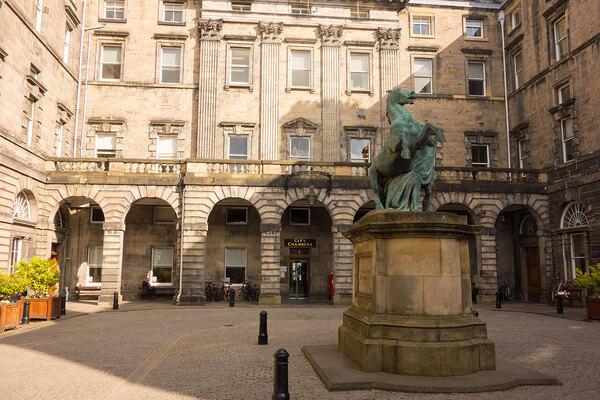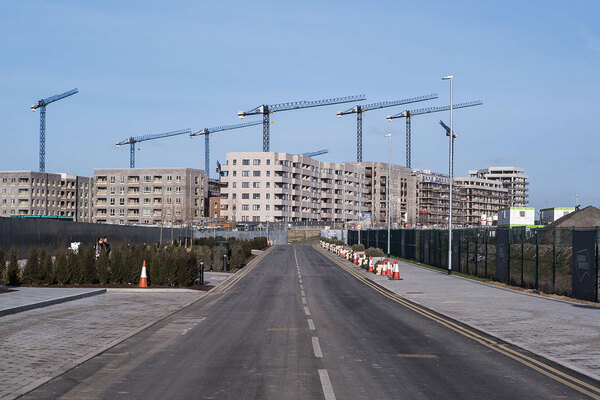You are viewing 1 of your 1 free articles

Alex Firth is senior co-ordinator of the children’s rights division at Human Rights Watch (London)
Local authorities can and should act now on children stuck in bad temporary accommodation
Shocking statistics revealed there are enough homeless children in London to fill 361 primary schools. Alex Firth argues that local authorities should be taking action now to address the situation, in the footsteps of Wandsworth and Croydon councils
It is a difficult time to be a low-income family in Britain. Many people are struggling as the cost of essentials soar and benefits payments fail to keep pace with inflation. The situation is even more challenging if your housing is insecure.
New figures released last week showed that in London alone there are 38,160 homeless families living in temporary accommodation. This includes a considerable 75,850 homeless children – roughly equivalent to 361 primary schools.
Despite the dire picture for homeless families, some local authorities in London are showing that small but significant steps can be taken to relieve some of the pressure.
Earlier this year, Human Rights Watch released a report examining how families across London are living in poor-quality and sometimes uninhabitable temporary accommodation, which is in violation of their rights. Since the report was released, countless more families have reached out to Human Rights Watch to share their story.
Some are stories of total misery.
One person who reached out was Latasha, a pregnant mother of two who was living in temporary accommodation in Croydon, south London. In a tiny flat, with no space for a table or chairs, she and her two daughters were forced to eat their meals on the floor. Her youngest daughter, aged just two, had nowhere to play, while her 14-year-old was unable to find a quiet corner to study for her GCSEs.
The property had numerous issues, including no working shower for eight weeks and only one working hob on the stove.
“Latasha once found her two-year-old daughter with blackened hands after inadvertently playing in the mould”
But, most seriously, the flat had a severe issue with toxic mould, which has been linked to a number of respiratory illnesses, with children at higher risk of complications. This is something that has been recognised in the government’s own housing safety guidance. Latasha once found her two-year-old daughter with blackened hands after inadvertently playing in the mould (see picture below).
Latasha told me she cannot believe that the property was inspected properly before she was placed there. These issues were raised with the council on multiple occasions, but for a long time, Latasha was ignored.
In a letter sent to Human Rights Watch, Croydon Council apologised about Latasha’s situation, acknowledging “a number of issues about disrepair and living conditions” and admitted that “the council should have acted far quicker than we did”. They finally did act: in June, the family were rehoused in a more spacious and suitable property.
Now a family of four, they are still in temporary accommodation, but grateful their nightmare is over.
The sad truth is that Latasha’s story is the exception rather than the rule. Not everyone gets re-housed, and thousands of homeless families in London are suffering in silence. This largely unseen aspect of the housing emergency is locking families in a cycle of instability and poverty.
A major contributing factor is the way the system has been designed, with housing benefits set at a really low level for too long, meaning people increasingly cannot afford the private rented sector. To compound this situation, there is a shortage of social housing, which could provide homeless families with permanent, secure and affordable tenancies.
This is undoubtedly a crisis created by central government, and it will not be fixed without a concerted effort in Whitehall and more funding being made available.
Despite working in an incredibly difficult environment, with high numbers of homeless families and insufficient funding, local authorities, such as Wandsworth and Croydon councils, are demonstrating that steps can be taken to improve the lives of homeless families in London.
“When Labour took over, homelessness prevention staffing levels were below where they were in 2013, with each officer having to manage 80 to 100 cases each. This affected staff’s ability to invest appropriate time to each case”
In May, Labour won the local elections to take over Wandsworth Council from the Conservatives for the first time since 1978. They brought with them a plan to tackle the borough’s housing issues.
There are 1,710 homeless families in Wandsworth, including 3,273 children. Like much of London, the borough has a shortage of social housing, and this means that some families are living in temporary accommodation, often in substandard conditions.
As part of the council’s new plans to address housing issues in the borough, significant investment is planned for staffing the homelessness service, in an attempt to reduce temporary accommodation usage.
When Labour took over, homelessness prevention staffing levels were below where they were in 2013, with each officer having to manage 80 to 100 cases each. This affected staff’s ability to invest appropriate time to each case and led to increased staff turnover and lower morale.
I spoke with Aydin Dikerdem, the new cabinet member for housing at Wandsworth Council. He is acutely aware of the scale of the challenge ahead, saying that councils are 12 years into austerity, with 8% inflation. He described rental prices as being at “stratospheric highs in relation to incomes”. He wants the new administration to invest in the provision of social housing as a preventative measure for stopping the rise in homeless families.
He also recognises the need to address poor conditions in temporary accommodation and plans to tackle this by boosting the number of inspections that take place and introducing a landlord licensing scheme to try and tackle the issue of vulnerable families being placed in inhumane conditions.
“Local authorities like Wandsworth and Croydon are showing that there are steps that can be taken without waiting for central government”
Croydon is a similar story in terms of housing challenges but a different situation politically, with the Conservatives having won control of the council from Labour in May. The borough has a high number of homeless families, more than 5,000 households on the social housing waiting list, and faces serious financial restrictions, with the council having declared bankruptcy in November 2020.
Croydon currently has 1,423 homeless families, including 2,710 children, living in temporary accommodation.
After Human Rights Watch raised Latasha’s case with the council, Croydon vowed to change certain procedures within their team.
Among these changes was a commitment to embark on a rolling programme of inspections of temporary accommodation once more staff are hired, and to no longer accept landlords’ photographs as a form of inspection, which they claimed happens on occasion. Not unique to Croydon, this policy has allowed unscrupulous landlords or letting agents to pass off unsuitable properties as being fit for habitation.
Local authorities like Wandsworth and Croydon are showing that there are steps that can be taken without waiting for central government. Local authorities across the country should commit to assessing their temporary accommodation policies and look to implement changes that will address concerns around conditions.
It is vital that local authorities housing teams are well staffed and that regular inspections are carried out. No local authority should be accepting photographs in place of an inspection, particularly in light of the serious consequences that unsuitable housing has on children.
As the cost of living crisis deepens, and the number of homeless families in London is likely to rise, we need local authorities to take bold steps in the right direction. We share a collective responsibility to make sure that everyone in our country enjoys their right to a safe and secure home.
Alex Firth, senior children’s rights co-ordinator, Human Rights Watch
Sign up for our homelessness bulletin
Already have an account? Click here to manage your newsletters
Related stories
